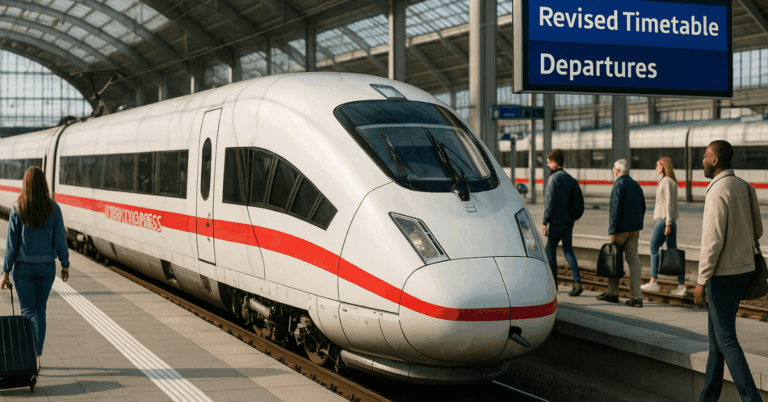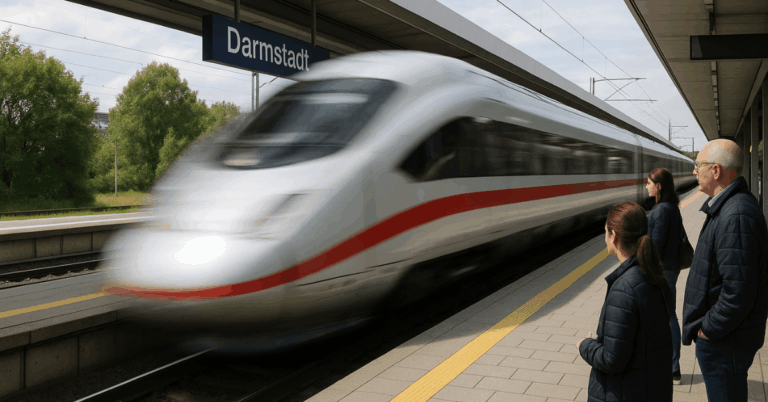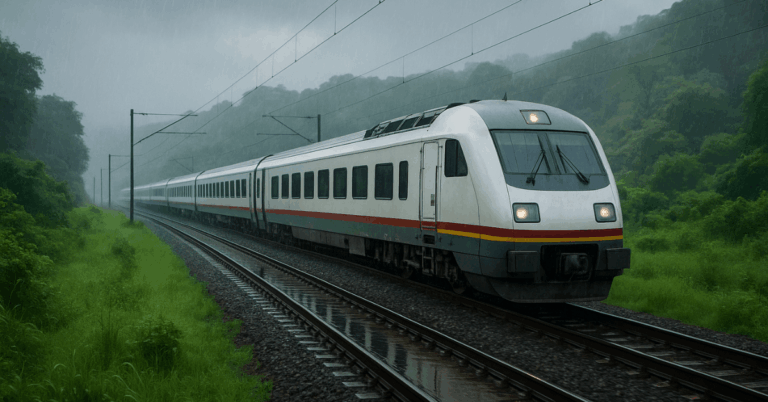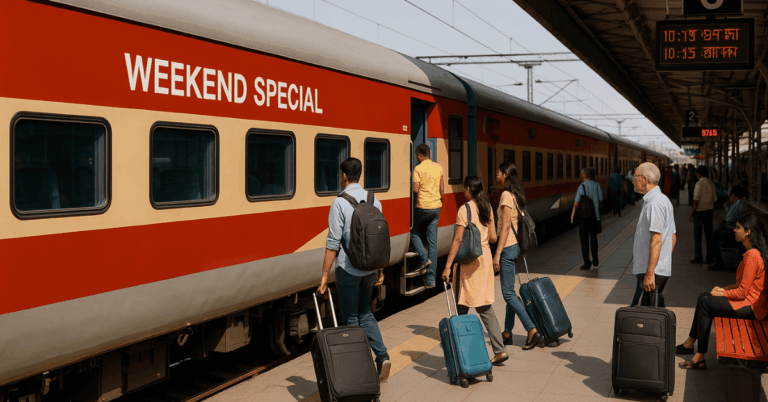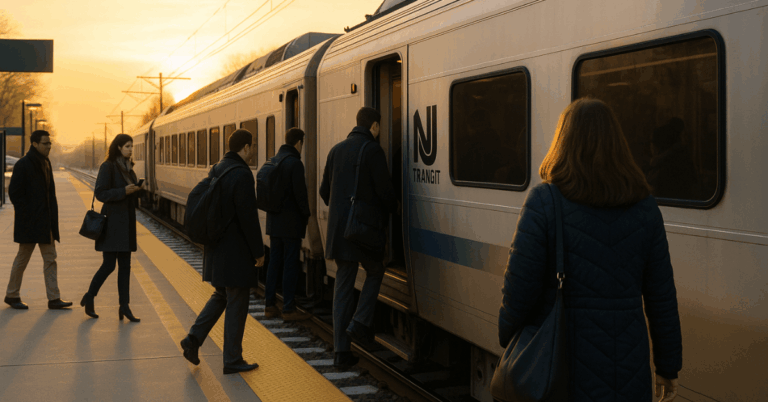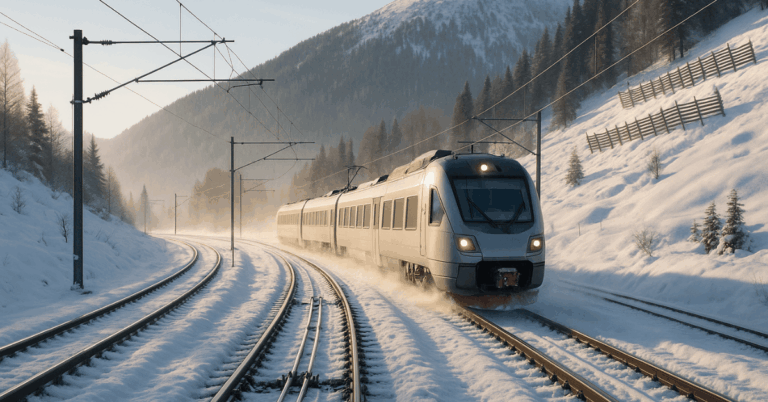Heavy rain and August flooding disrupted the Jammu division for weeks, forcing widespread cancellations and premature terminations.
Train Services Restored After Heavy Rainfall now describes a clear, phased return to normal operations led by Northern Railway, starting October 2, 2025. Authorities reinstated eight long-distance services after engineers verified track integrity, bridge stability, and signalling continuity across flood-affected sections.
Passengers should still plan for dynamic schedules as additional works finish and further phases go live.
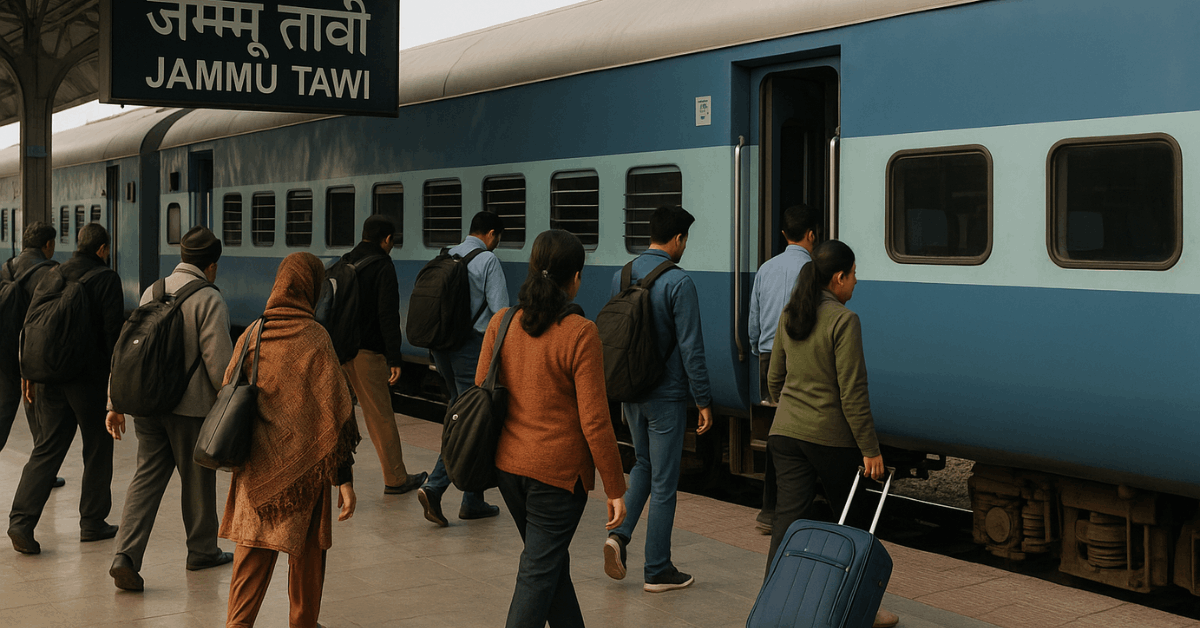
What Changed After the Flood Disruptions
Torrential downpours in late August caused damage on the Jammu-Pathankot and Jammu-Katra sections, with washouts, misalignments, and bridge stress reported.
Railway authorities suspended or short-terminated dozens of trains while crews inspected embankments and restored formation layers and ballast. Local media and official updates counted more than 50 suspended services at the late-August peak.
Why Restoration is Needed?
Historic rainfall aggravated the situation across the region. Jammu recorded one of its highest single-day August totals in decades, while flash-flood conditions hit infrastructure, including highway links and river crossings.
These conditions explain why restoration required staged civil works and repeated safety checks before passenger trains could safely return.
Restored Routes and Start Dates
Reliable planning starts with exact trains and dates. Northern Railway brought back eight long-distance services in a fourth phase after field inspections and reviews by the Divisional Railway Manager, Jammu.
Teams emphasised track safety and continuity as the gating criteria for each reinstatement, and advised passengers to confirm timings through official channels before travel.
Normalisation continues on a rolling basis as more components clear inspection.
| Route | Train No. | Restart date |
| Jammu Tawi – Kanpur | 12470 | October 2, 2025 |
| Jammu Tawi – Barauni | 14692 | October 3, 2025 |
| Jammu Tawi – Guwahati | 15654 | October 3, 2025 |
| Jammu Tawi – Gorakhpur | 12588 | October 4, 2025 |
| Jammu Tawi – Yoga Nagari Rishikesh | 14606 | October 5, 2025 |
| Jammu Tawi – Bhagalpur | 15098 | October 7, 2025 |
| Jammu – Sealdah | 22318 | October 8, 2025 |
| Jammu Tawi – Guwahati | 15652 | October 8, 2025 |
The sequence above appears consistently across official and reputable outlets, including NewsOnAir (Akashvani), The Tribune, and Daily Excelsior reports.
Updated schedules remain subject to operational conditions and may be adjusted as further work is completed.
Safety Checks and Infrastructure Repairs
Restoration followed inspections of subgrade, ballast, sleepers, girder bearings, and signalling circuits along flood-affected alignments. Divisional teams performed section-wise reviews, green-signalling each corridor only after confirming longitudinal and lateral stability, drainage clearance, and bridge health.
Local briefings referenced bridge number 137, scheduled for completion around October 15, enabling a wider restart window before Diwali once final tests pass. Continuous patrols and targeted speed restrictions remain available should rainfall recur.
Officials made clear that phase-wise service resumption would continue, aligning reinstatements with finished works and daily weather intelligence. Communication emphasised passenger advisory for schedules, steering travellers to Northern Railway’s website and helplines for the latest rake compositions, platforming, and any temporary diversions. That protocol reduces last-mile confusion while field teams finish the remaining punch-list.
What Travelers Should Do Now
Clear actions limit delays and reduce stress during a rolling restart.
- Check the Northern Railway restoration update page or helplines on the morning of departure, then again two hours prior.
- Allow extra transfer time at Jammu Tawi and en-route junctions while platforms and timings stabilise.
- Monitor coach composition or rake swaps that occasionally follow maintenance cycles after weather events.
- Save PNR alerts and enable SMS notifications for diversion or rescheduling notices.
- Track local weather advisories, since heavy rain can trigger speed restrictions or short terminations.
Phased Resumption and What’s Next
Authorities previously restarted local services such as Katra–Jammu, Katra–Budgam, Katra–Banihal, and Katra–Sangaldan, along with freight operations that support fuel, food, and construction inputs.
That freight return mattered for material flows and for validating track-and-bridge performance under controlled loads before scaling passenger throughput.
Further phases continue through mid-to-late October, including additional long-distance trains as pending bridge and formation repairs clear.
Phase-Five
Subsequent announcements indicated a phase-five window restoring twenty-plus trains between October 15 and October 22, signalling a broad move toward normal frequency in the Jammu, Udhampur, and Katra corridors.
While final lists can shift day-to-day, publication of those larger batches shows confidence in permanent fixes rather than temporary workarounds. Operational stability should improve further once residual speed cautions lift.
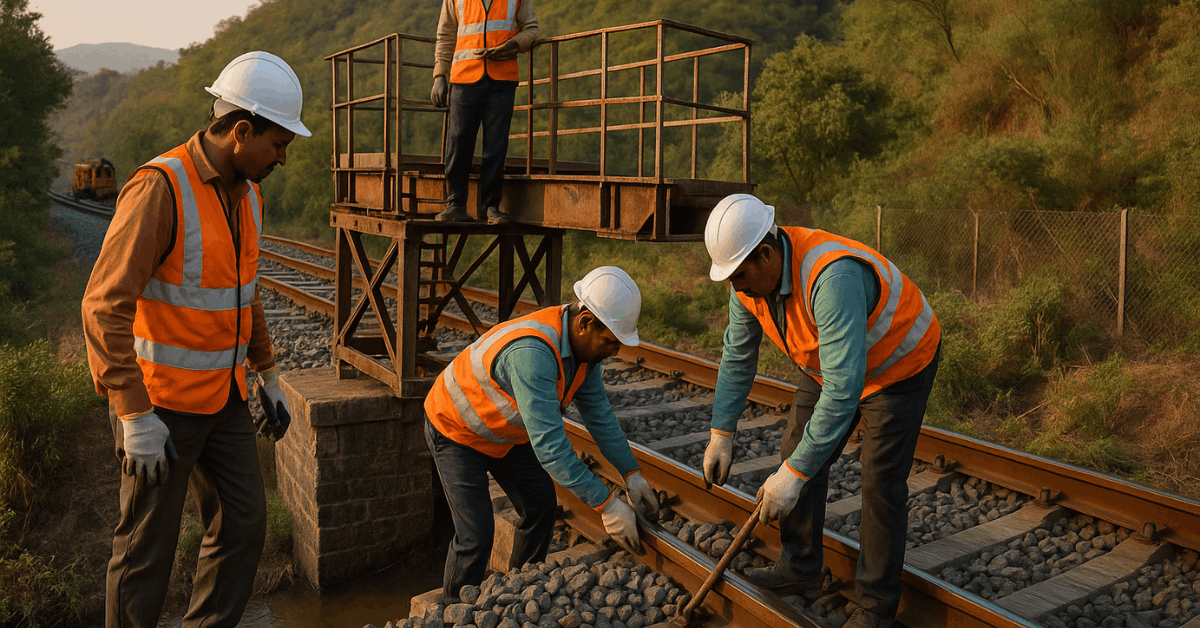
Why Timing and Sequencing Matter
Emergency repairs after large rainfall events rarely proceed linearly. Track geometry corrections, ballast profiling, and drainage desilting often finish first, while bridge works require separate scaffolding, load testing, and metallurgical checks.
Passenger services return fastest where right-of-way damage was minimal and inspection windows are shortest.
Remaining corridors rejoin the network in measured steps, preserving safety margins while restoring connectivity for long-distance travellers and seasonal demand.
Challenges
Operational teams also face roster and rake positioning challenges after extended suspensions.
Resuming eight trunk routes first re-establishes core connectivity eastward toward:
- Kanpur,
- Barauni,
- Gorakhpur,
- Bhagalpur,
- Guwahati, and
- southward to Yoga Nagari Rishikesh, while the Sealdah link strengthens eastern corridor options.
That sequencing spreads capacity across multiple demand lanes rather than concentrating it in a single axis.
Quick Answers
You might ask these questions along the way:
- Is it safe to book now? Bookings resumed on reinstated services once corridor safety was cleared. Final confirmations should still be checked on the day of travel through official channels to catch late operational tweaks.
- Why were so many services cancelled in August? Extreme rainfall and flooding damaged track formation and bridges, creating misalignments and eroded approaches that required engineering interventions before passenger operations could resume safely.
- Will more trains be added soon? Additional phases were scheduled mid-October onward, with further long-distance services expected as remaining repairs, including bridge works, reach completion milestones.
Conclusion
Restoration across the Jammu division now has momentum, with eight long-distance services back on fixed dates and more phases queued behind verified engineering completions.
Travelers benefit most by confirming Train Services Restored After Heavy Rainfall details against live channels, then building modest buffers around transfers until full stability returns.
Continued vigilance around weather and maintenance windows will keep the recovery durable through the festival surge and beyond.

